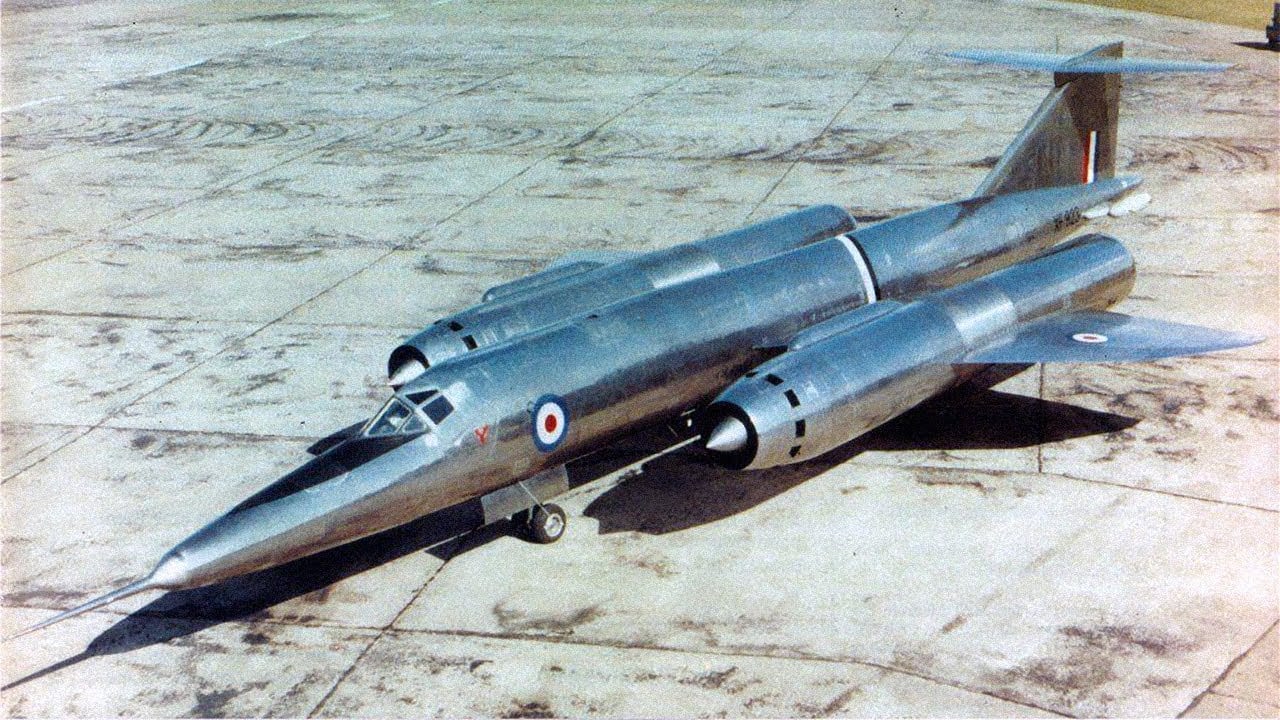The Pentagon's recent approval of a classified counter-drone strategy underscores the urgent need to address the escalating threat posed by weaponized unmanned aerial systems (UAS). Defense Secretary Lloyd Austin's initiative aims to unify the military's response to these threats, which have become increasingly prevalent in conflicts involving adversaries like Iran and Russia. The strategy reflects a growing recognition that unmanned systems are not only an immediate danger to U.S. personnel and assets but also represent a persistent challenge that requires a coordinated military approach. With one-way drone attacks on the rise, the Department of Defense (DOD) is compelled to enhance its defensive capabilities against these evolving threats.
The strategy outlines a comprehensive framework for countering UAS, emphasizing a layered defense that incorporates electronic warfare and kinetic weapons. By aligning with existing DOD initiatives, such as the Joint Counter-Small UAS office and the Replicator program, the strategy aims to rapidly deploy off-the-shelf counter-drone technologies. Key efforts include improving detection and tracking capabilities, countering threat networks, and integrating counter-drone measures into military doctrine and training. The DOD's commitment to fostering partnerships with Congress and industry, alongside establishing metrics for progress, indicates a proactive stance in addressing the dynamic landscape of drone warfare. While the strategy marks a significant step forward, it also highlights the necessity for ongoing adaptation to counter the evolving nature of unmanned threats.









